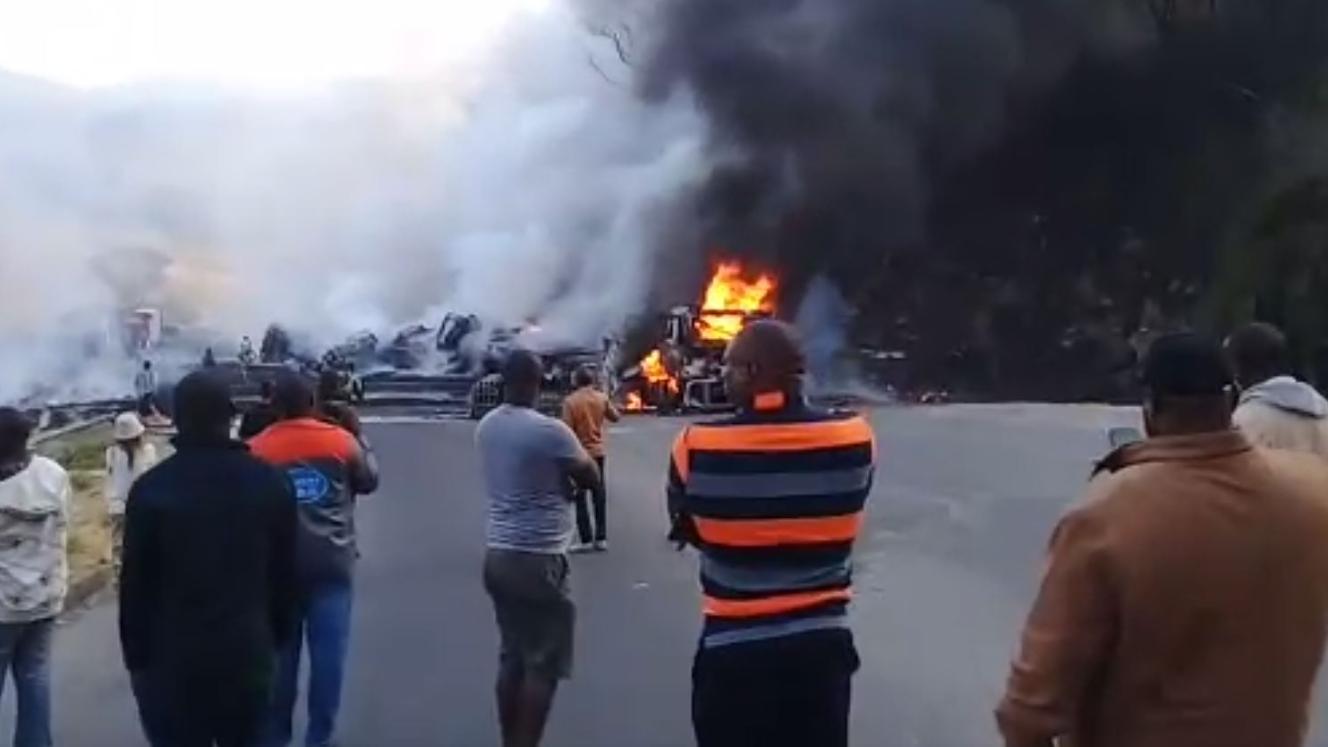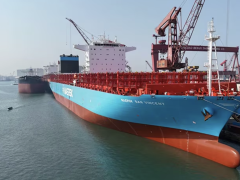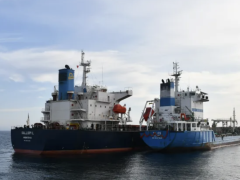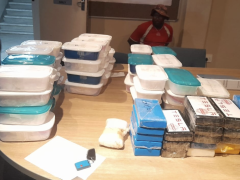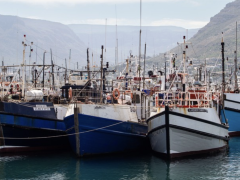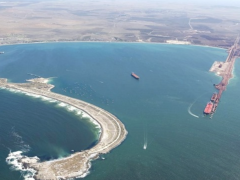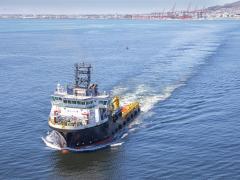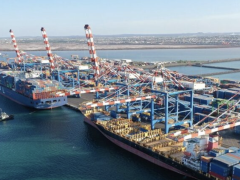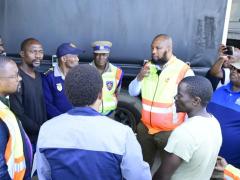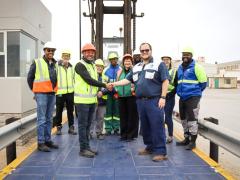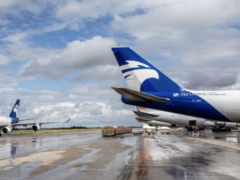The exact number of lives lost during a weekend of blazing infernos is still being calculated after the road freight sector recorded several serious incidents, underscoring how crucial it is to re-examine road and border safety in the Southern African Development Community (SADC).
In the first incident, on Friday afternoon, a truck’s brakes failed on the steep descent east of Mutare towards Zimbabwe’s Forbes Border Post with Mozambique.
Unable to stop and with no speed-brake areas for heavy-duty vehicles on the side of the road, known as arrester beds, the truck ploughed through the customs building killing two and causing a number of injuries.
That same afternoon three more accidents occurred, two on the North-South Corridor – the all-important southern supply-chain link for Zambia and the Democratic Republic of the Congo – and one on a ferry crossing the confluence of the Zambezi and Chobe rivers between Zambia and Botswana.
In one incident a tanker carrying molasses was destroyed when it left Zimbabwe’s A1 highway somewhere between Karoi and Makuti, the last stop before reaching the Chirundu crossing into Zambia.
It could not be confirmed but the driver is presumed to have died in the incident.
In the ferry incident two trucks were crossing the river to Botswana when one slipped backwards before sliding off into the deep.
It is presumed that the driver, who bailed from the cabin before he too could be pulled asunder, hadn’t put the brakes on.
In yet another accident, at Chirundu itself, a tanker from Lusaka-based haulier Juba Transport leaked fuel from one of its compartments after another truck reversed head-on into its side as it stood waiting to cross the Zambezi.
It became the first of two tanker-related incidents in a radius of less than 40 kilometres, in under 24 hours.
Video content seen by Freight News showed fuel gushing out of the raptured underside plates of the tanker, spilling out over a parking area where other trucks and their drivers were waiting.
The incident prompted a bulk liquid carrier operating in Zambia to ask: “Where is the driver’s spill kit? Where is the emergency resource plan? That whole tanker is now draining to the river. Where is the Environmental Management Agency (of Zimbabwe)? We’ve paid hundreds of thousands of US dollars to them over the years and what’s it brought us – Land Cruiser V8s.”
According Mike Fitzmaurice, chief executive of the Federation of East and Southern African Road Transport Associations (Fesarta), the leaking fuel was eventually stopped when they plugged the hole with plastic.
“I’m not sure how successful it was.”
The worst was yet to come though when a truck carrying A1 jet fuel exploded during a collision literally hours later, some 30 kilometres north of Chirundu.
Zambia Police (ZP) said the tanker going north towards Kafue was passing a road-side truck that had apparently broken down when an oncoming truck slammed into it.
According to ZP the southbound rig had been speeding and lost control, causing it to crash into the tanker with such force it smashed it into the broken-down truck.
The ensuing explosion claimed the lives of two drivers, Prince James from Clear Choice Logistics which owned the broken-down truck, and Donemore Magoshe of Strauss Logistics which owned the tanker, both based in Harare.
It is not known how many occupants there were in the southbound truck as the entire rig was incinerated.
Then, early this morning, the N2 in South Africa between the Bushland Bridge and Hluhluwe Petroport was completely closed off due to a collision involving two trucks and a sedan.
The blaze engulfed the entire road.
Video footage sent through by the Road Freight Association (RFA) showed an Eco Fuel tanker, two truck cabs, and a white car in flames as black smoke plumed into the air.
An eyewitness said it looked as if the trucks had collided with each other head-on.
Commenting on the last 72 hours of carnage on main SADC roads and crucial crossings, Fitzmaurice described it as “a torrid weekend”.
“All of these accidents that happened over the last three days can be attributed to driver fatigue as a result of long delays at the border posts and days and nights spent in 10-15-km queues without proper sleep or rest.
“It puts drivers under pressure to reach their destinations and offload and reload for the return journey. This has been compounded by Covid-19 protocols at the border posts.”
He stressed that the weight of responsibility rested squarely with the various authorities who should be rethinking their approach to combatting the coronavirus outbreak, with much-needed improvements to road and border infrastructure also long overdue.
“Someone has to take responsibility and that blame lies with government in each country that introduces un-harmonised Covid-19 protocols, with no scientific facts to justify different panic-related regulations implemented in each country.”
In the case of the truck that ploughed into the customs building at Forbes, Fitzmaurice said there were no speed-breaks such as road-side arrester beds.
“We’ve been talking about this for years but there are no such provisions.”
Where such beds have been installed, such as Chirundu, the sand from the beds has apparently been stolen.
Moreover, he claims Fesarta sent a spill team to help with the fuel leak from the tanker at Chirundu but when they got there they were stopped by security officers, casting a shadow of suspicion over the Zimbabwe Revenue Authority’s reason for this.
“The problem is we’ve been talking to authorities about the importance of redesigning certain border posts for years and Chirundu is a case in point. It’s often congested because the weighbridge, truck inspections and cargo scanning are all done close together, making a mess of things.”
As for the ferry incident, it happened against the backdrop of a beautiful new bridge.
It’s anyone’s guess though when it will come on line as a vital new addition to logistics across the SADC.
